How to Make Bootable USB using Rufus
With most of the new Motherboards supporting boot from USB, booting from CD/DVD has become a thing of the past. You can easily install Windows and other operating systems from bootable USBs. You can easily make a bootable USB using Rufus for Windows 10, 11, and other operating systems (like Ubuntu, CentOS, RHEL, etc.) as well.
So, in this tutorial, we are going to show you how to create a bootable USB using Rufus. We are creating a Windows 10 bootable USB in this tutorial. Rufus is a small open-source utility for creating bootable USB drives. Let’s get started with detailed steps.
SEE ALSO:
1. How to Make Bootable USB using Command Prompt?
2. How to Make a Bootable CD/DVD using ImgBurn?
What do we need?
- A PC running Windows 7 or newer
- Rufus Utility.
- USB Drive (size depends on the Operating system, normally an 8GB pen drive works for almost all operating systems).
- ISO file of Operating System (we are using Windows 10 ISO in this tutorial).
SEE ALSO:
1. How to Download Windows 10 using Media Creation Tool?
2. How to Download Windows 10 ISO from the Microsoft website?
Make Bootable USB for any Operating System using Rufus
Now, that you are ready with the prerequisites, let’s start the process of creating a Windows 10 bootable USB disk using Rufus.
Step 1: Download and Launch Rufus
First of all, download Rufus from the official website. After that run the downloaded file. No installation is required, Rufus will launch immediately.
Also, insert your USB disk into your computer. Rufus will automatically detect it. In case your USB drive is not detected, close and launch Rufus again. In case you have multiple USBs connected to your computer, make sure to select the correct one from the Device dropdown list.
You will see an interface similar to this. Click on the SELECT button next to the Boot selection dropdown to select the ISO file.
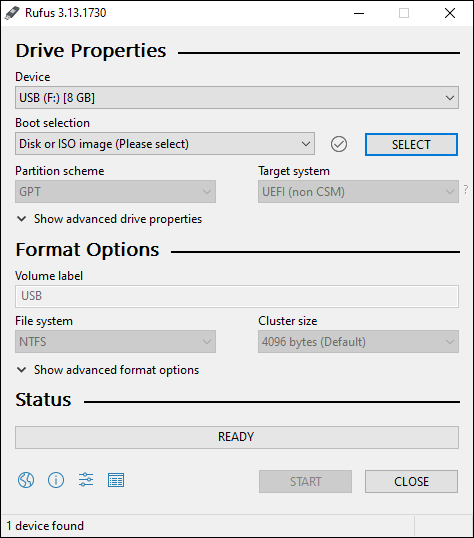
Step 2: Browse for the ISO File and Select Partition Scheme
After you click on the SELECT button, a browse window will open. Now, navigate to the folder where you have the ISO file. Select it and click on the OPEN button. We will use this ISO file to make a bootable USB using Rufus.
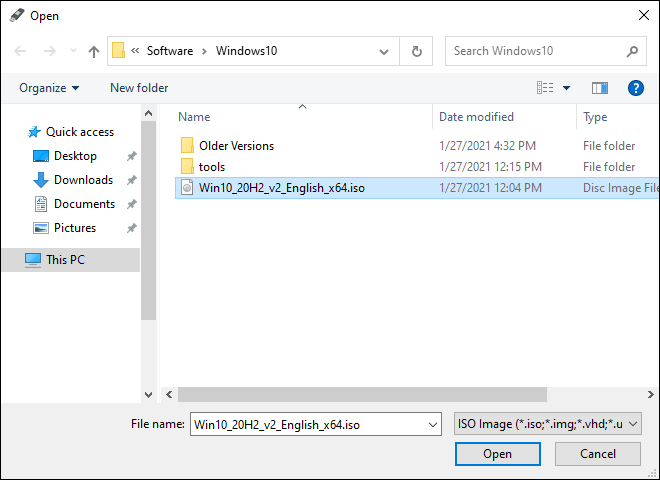
After selecting the ISO file, Rufus will automatically select the best options based on the ISO type. However, you can also change the options manually if you wish. So, if you wish to make a Legacy BIOS boot disk, you can select MBR and for a UEFI boot disk select GPT in the Partition scheme dropdown. In this tutorial, we are creating a UEFI bootable disk, so we have selected GPT as a Partition scheme.
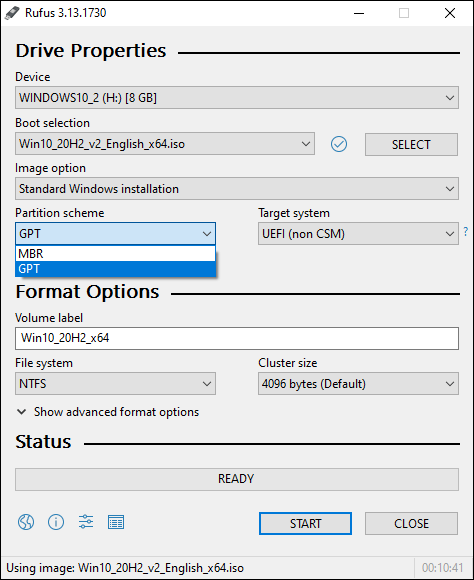
Step 3: Create the Bootable USB using Rufus
After selecting the ISO file, click on the START button at the bottom. You will see a warning saying, “ALL DATA ON YOUR DEVICE WILL BE DESTROYED“.
If you have any important data on the USB drive, copy it somewhere else and start the process again. Once, you are ready, click on the OK button to continue to make a Windows 10 bootable USB drive using Rufus.
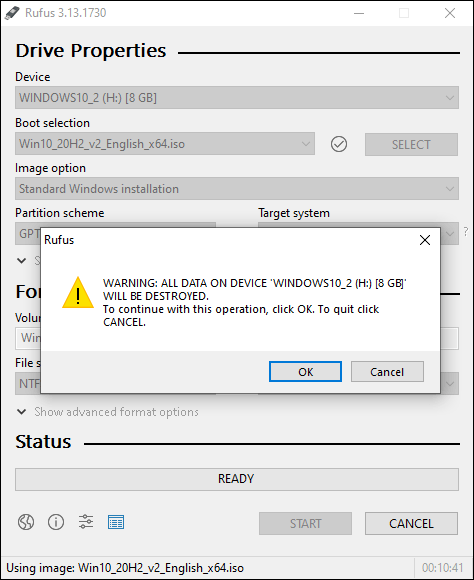
Step 4: Process Complete
As soon as you click OK, Rufus will start formatting your USB drive and start copying ISO files to it. After the file copy process is completed successfully, you might see a warning if you are creating a UEFI bootable disk.
The warning states that you need to disable Secure Boot in UEFI/BIOS settings to boot from this disk. Just close the Warning and then close Rufus. You have successfully created a Windows 10 bootable USB using Rufus.
NOTE: You can avoid this warning by using the latest version (v3.17 or newer) of the Rufus utility.
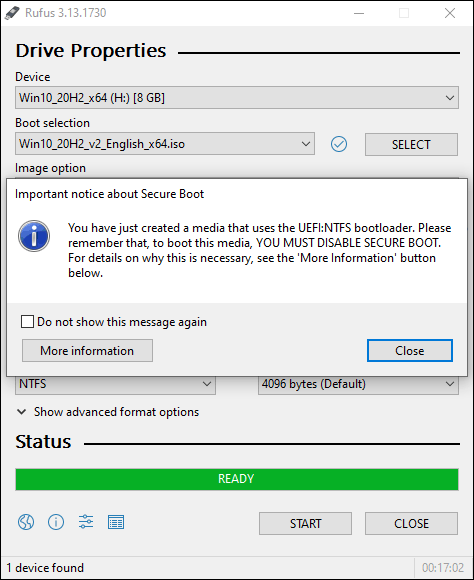
SEE ALSO:
1. How to Create Windows 11 USB using Rufus for Supported and Unsupported PCs?
2. How to create a Bootable ESET System Rescue Disk?
Create Windows 10 Bootable USB using Rufus
Now that you have successfully created a bootable USB using Rufus, you can install Windows 10 using this bootable USB drive. But remember, you still have to set up your PC to boot from a USB drive to install OS from the bootable USB.
Hope you liked the above tutorial. In case you are facing any problems while creating a bootable USB disk using Rufus, feel free to write them down in the comment section below. You can also subscribe to our newsletter to get our latest tutorials directly into your inbox.
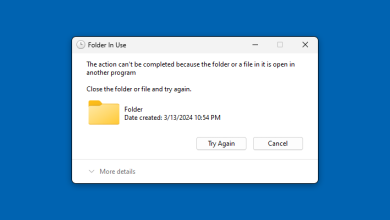



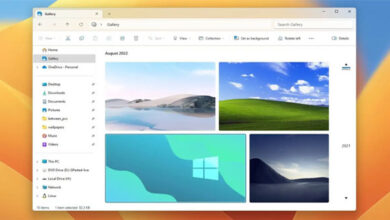

I wanna ask that I’m using windows 7 nd can make the the ISO image of 8.1 or other windows OS?